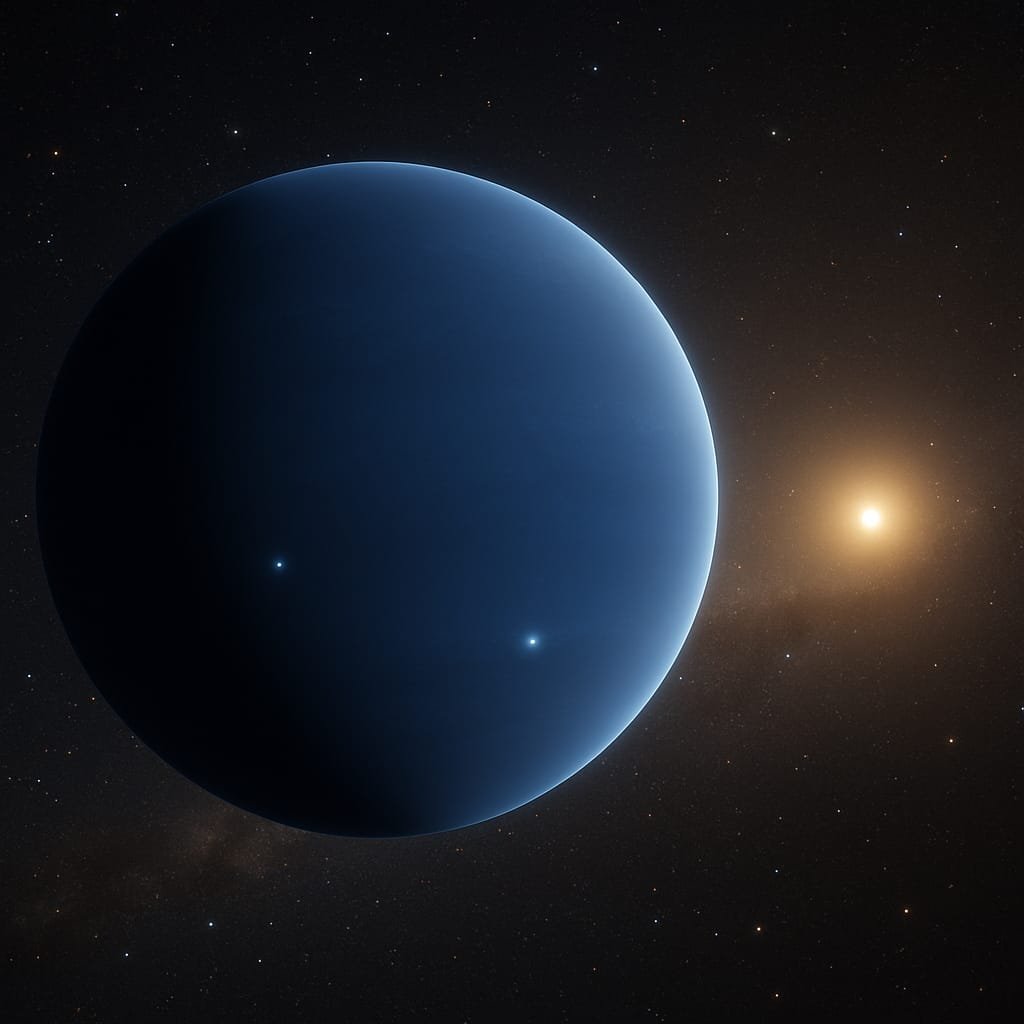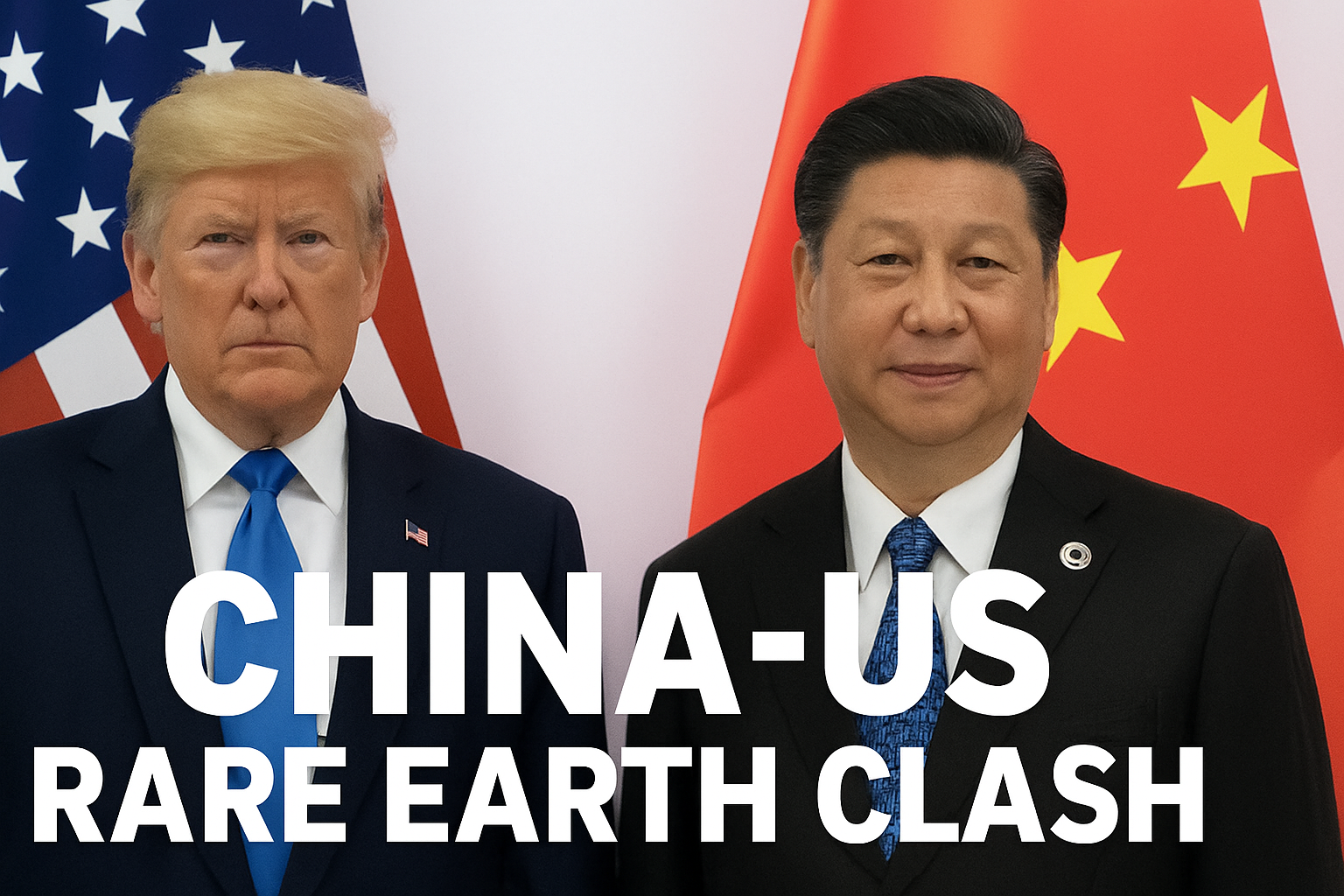
For decades, the edges of our solar system have whispered secrets that elude even our most powerful telescopes. At the heart of this cosmic whisper lies a mystery dubbed “Planet Nine” — a theoretical giant planet, lurking unseen in the darkness beyond Neptune. It’s an idea that has long teased astronomers, driven by strange gravitational effects on distant icy objects that can’t be explained by the known planets alone. But in a recent twist, a trio of US-based scientists stumbled not on Planet Nine itself, but on something that could fundamentally shift the way we search for it: a newly identified dwarf planet.
Named 2017 OF201, this mysterious celestial object was uncovered by a team led by Sihao Cheng of New Jersey’s Institute for Advanced Study. While still awaiting peer review, the findings made public via a preprint study, offer a tantalizing piece in the sprawling jigsaw puzzle that is the outer solar system.
Small in Size, Big in Significance
At roughly 700 kilometers in diameter, 2017 OF201 is about one-third the size of Pluto. Yet it’s still large enough to qualify as a dwarf planet, joining a small but growing group of known objects that defy easy categorization. Its significance doesn’t lie in its size, however, but in its orbit — one so vast and stretched out that it carries the object more than 1,600 times the distance between Earth and the Sun. That places it deep into the Oort Cloud region, the spherical shell of icy debris believed to encase our entire solar system.
Currently, 2017 OF201 is three times farther from Earth than Neptune, and its highly elongated orbit suggests that it completes a single lap around the Sun every 25,000 years. For the vast majority of that time, it’s too far away to be spotted, only becoming observable for about 0.5% of its orbit — roughly once every century.
“We’re lucky to have found it at all,” Cheng remarked, highlighting the sheer improbability of the discovery. The object is already fading in visibility, further complicating future observations.
Not the Planet We Were Looking For — But a Vital Clue
The scientific community has long speculated that the strange clustering of icy objects beyond Neptune might be the gravitational footprints of a massive, unseen ninth planet. This hypothetical world, sometimes referred to as Planet Nine or Planet X, would need to be several times the mass of Earth and orbit far beyond Pluto. But despite years of searching, no direct evidence of such a planet has emerged.
Instead, 2017 OF201 may challenge that theory by offering a different explanation: what if, instead of one giant planet exerting influence from the shadows, there are actually hundreds of smaller objects like it, traveling in elongated orbits that subtly shift the dance of debris in the outer solar system?
As Cheng puts it, “There are many hundreds of similar things on similar orbits in the Kuiper Belt beyond Neptune.” If that’s the case, the gravitational effects attributed to a hidden planet might be the collective result of a far more complex cosmic web.
Eyes on the Skies: The Next Step
Given the profound implications of this discovery, Cheng and his team are now urging astronomers to turn the powerful gaze of the James Webb Space Telescope, Hubble, and ALMA toward 2017 OF201. Additional data could confirm whether the object’s orbit is influenced by an unseen Planet Nine — or whether it signals the need for a new model altogether.
Interestingly, the excitement surrounding 2017 OF201 also brings back memories of Pluto’s discovery in 1930. At the time, Pluto was thought to be the mysterious Planet X, only for astronomers to later realize it was too small to account for the gravitational oddities they were tracking. Pluto was eventually “demoted” from planet status in 2006, a decision that sparked both scientific debate and public controversy. Yet its legacy lives on, especially in how it opened the door to recognizing other dwarf planets.
With 2017 OF201, the solar system may be preparing to welcome its fifth officially recognized dwarf planet, after Pluto, Eris, Haumea, and Makemake.
A Glimpse Into the Unknown
The broader implication of this discovery isn’t just the potential reworking of one planetary theory. It’s a reminder of how little we still know about our cosmic neighborhood. The solar system — often imagined as a tidy set of eight planets orbiting in harmony — is far messier, stranger, and more crowded than we once thought. Beyond Neptune lies a wilderness of icy worlds and elusive visitors, whose stories remain untold.
And every once in a while, with patience, luck, and powerful algorithms sifting through vast troves of data, a new chapter emerges.
Whether or not Planet Nine exists, 2017 OF201 is proof that the final frontier remains full of surprises — and that the hunt for answers is far from over.




.jpeg)





.jpeg)



.jpeg)



.jpeg)
.jpeg)
.jpeg)

AmandeepSingh
4 months agoPunjab 148023Sangrur.148023Sangrur